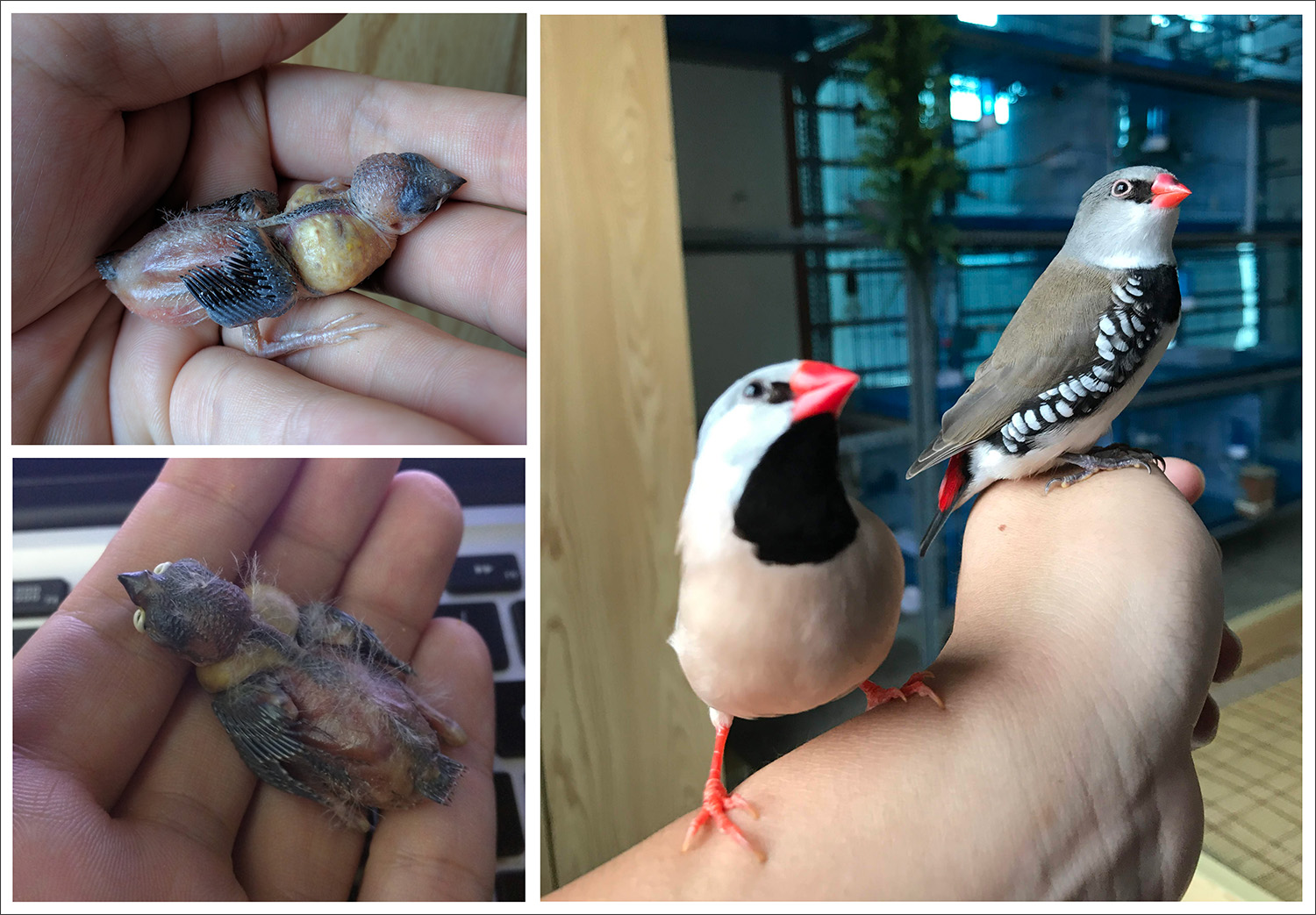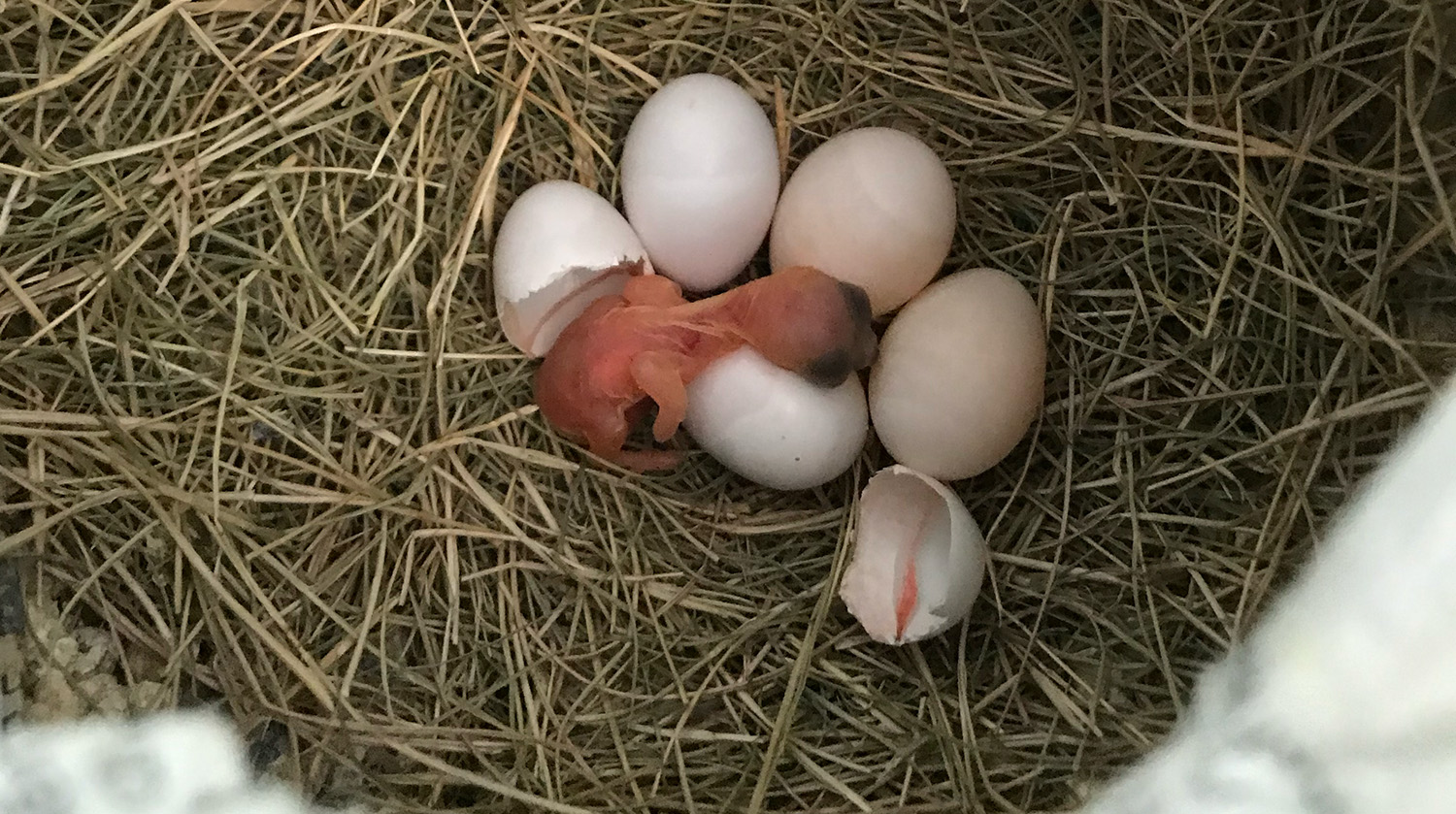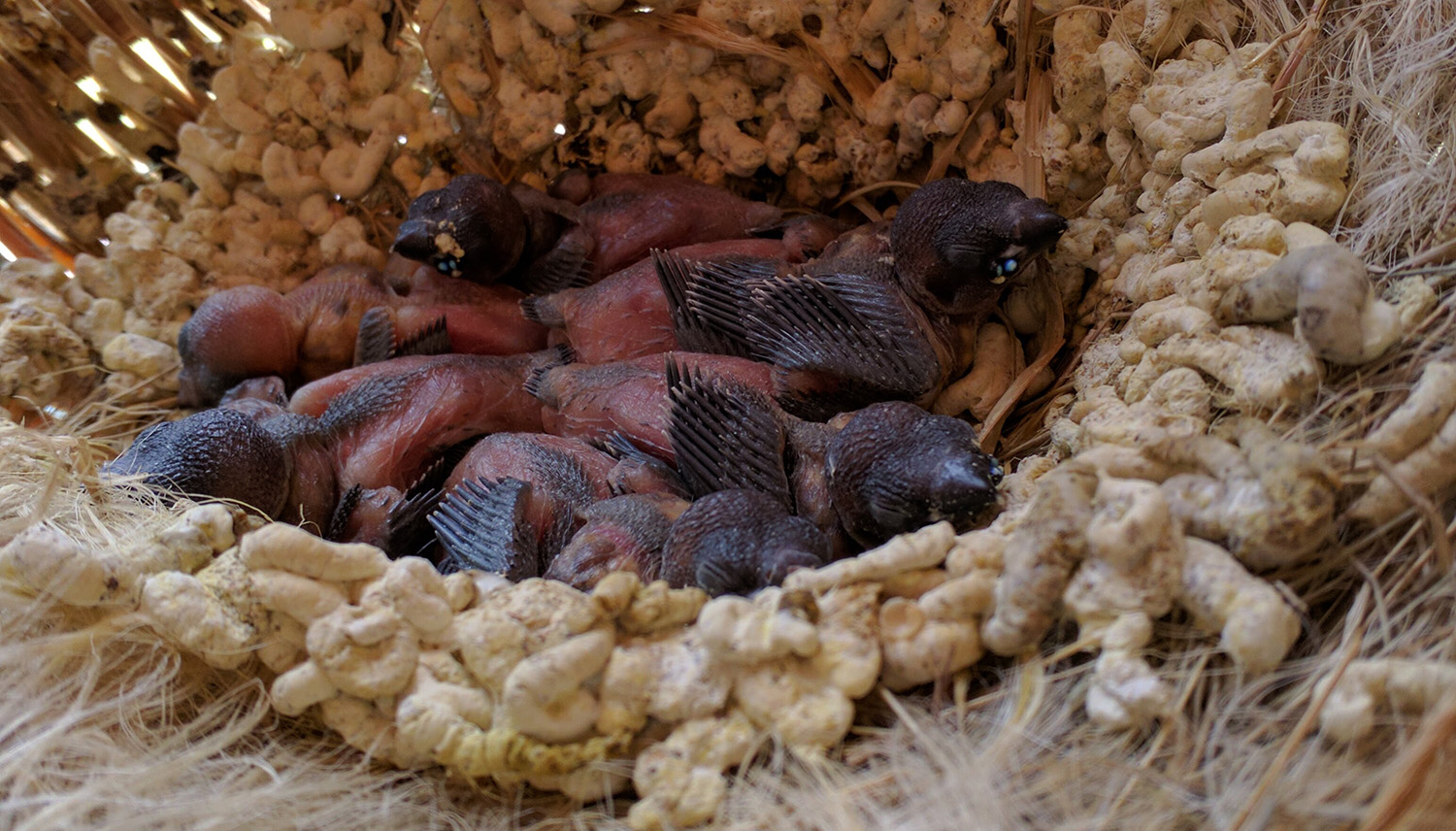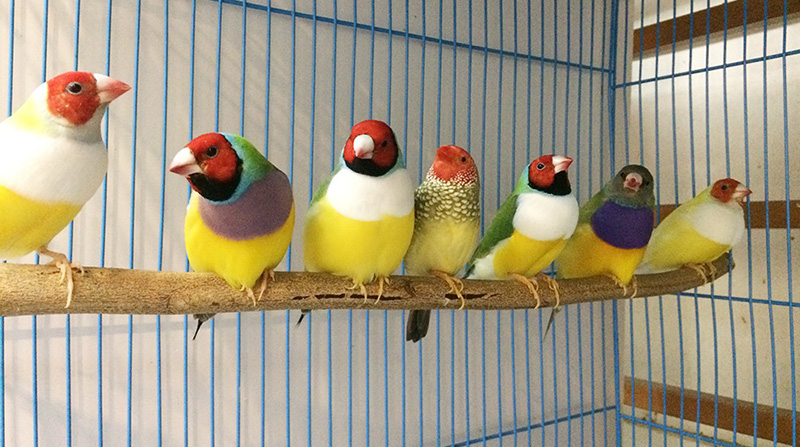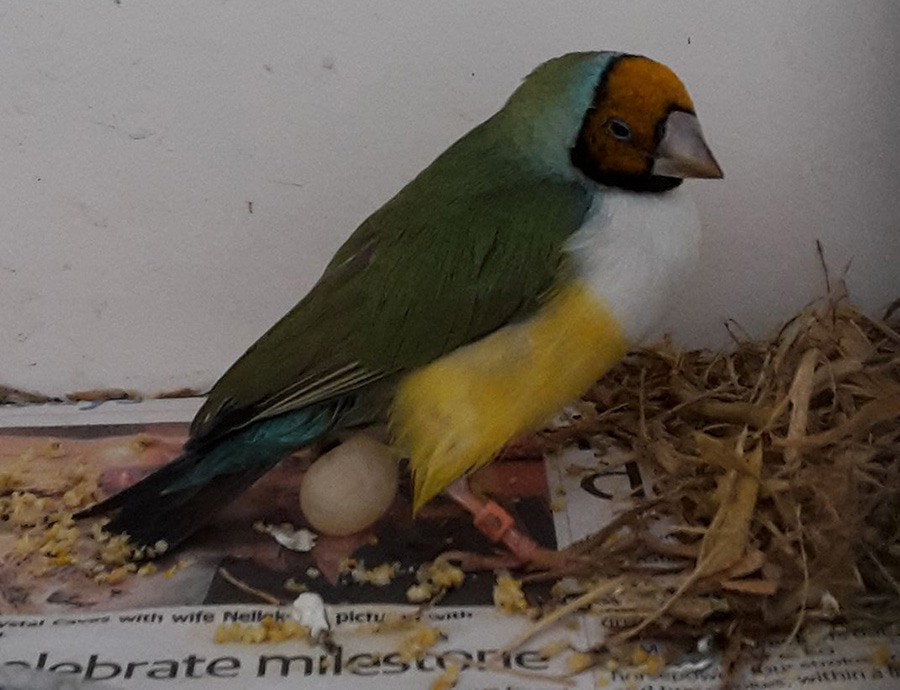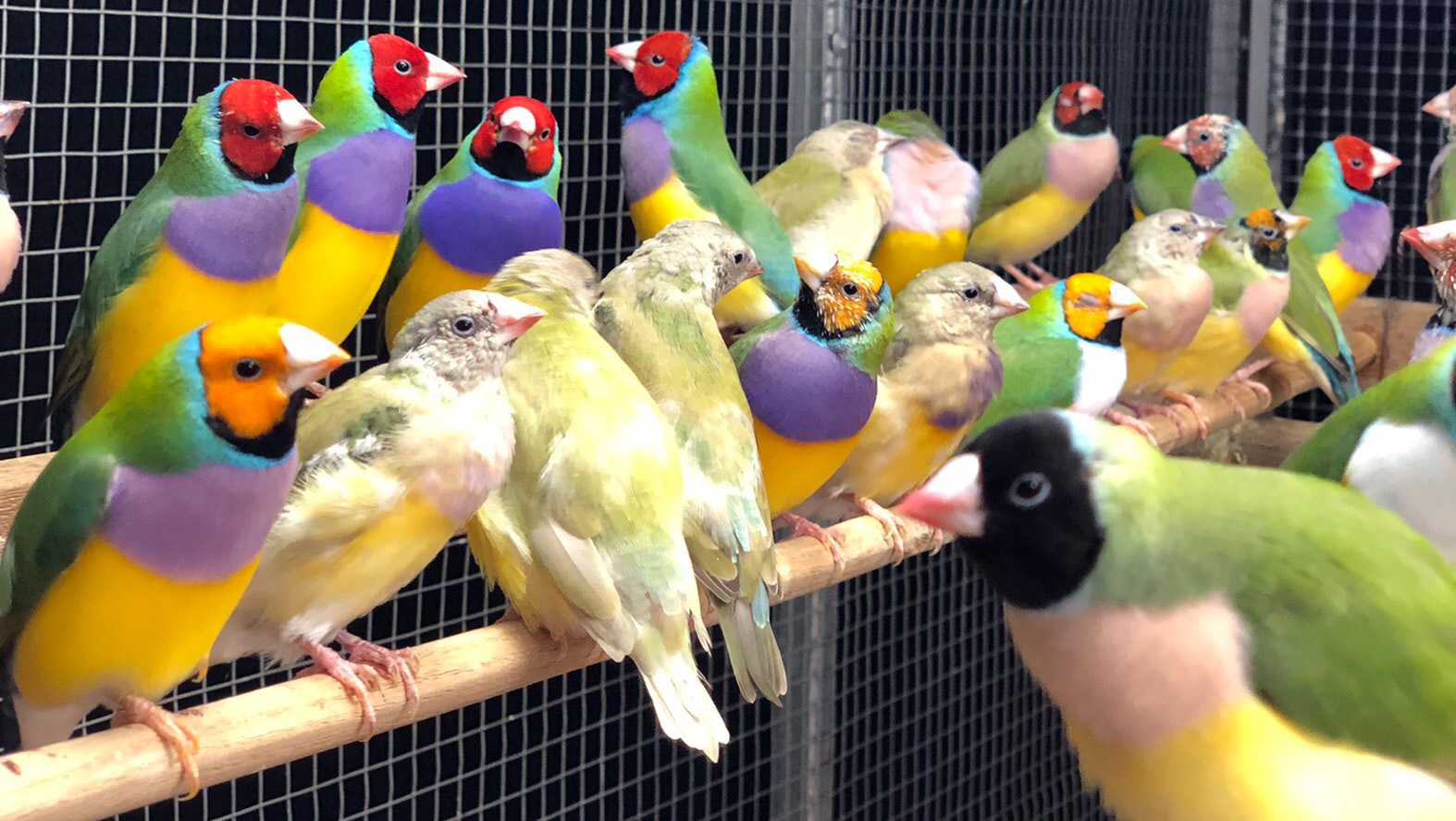
Choosing Breeding Gouldian Finch Pairs
By longnkp / Jul 24 2024 / Breeding
Hello fellow bird enthusiasts! If you're reading this, you're probably considering breeding Gouldian finches, or maybe you're just curious about these vibrant little birds. Either way, you're in the right place. Today, we're going to dive deep into the wonderful world of breeding Gouldian finches, covering everything from selecting the perfect pairs to creating the ideal breeding environment. Let's get started!
Introduction
Gouldian finches, with their kaleidoscope of colors and charming personalities, are a favorite among bird lovers. Breeding these beauties can be incredibly rewarding, but it also requires careful planning and knowledge. The key to successful breeding starts with choosing the right pairs. This blog post will guide you through the entire process, offering tips and insights to ensure a healthy and happy breeding experience.
Criteria for Selecting Breeding Pairs
Age and Maturity
First and foremost, maturity is crucial. Gouldian finches should be at least a year old before they are considered for breeding, though two years old is ideal. Younger birds may face issues such as egg binding in hens or inadequate nest building by cocks. Mature birds are more likely to successfully mate and rear their chicks without complications.
Genetic Considerations
When choosing breeding pairs, avoid breeding siblings unless you are an experienced breeder aiming for specific genetic traits. Inbreeding can result in smaller, less robust birds and other health issues in the chicks due to potentially weak genes. Some chicks might not even hatch and may die within the shell. Additionally, steer clear of pairing birds with weak genetic mutations, like white breast to white breast or blue to blue. These mutations can result in fragile chicks.
While mutations can be beautiful, they often come with weakened immune systems and other health problems. It's generally best to aim for natural colorations to maintain the species' robustness.
Health and Condition
Healthy birds are the foundation of a successful breeding program. Look for birds with bright eyes, smooth feathers, and active behavior. Avoid birds that show signs of illness, such as lethargy, feather plucking, or abnormal droppings. Regular health checks and a balanced diet are essential to keep your birds in top condition.
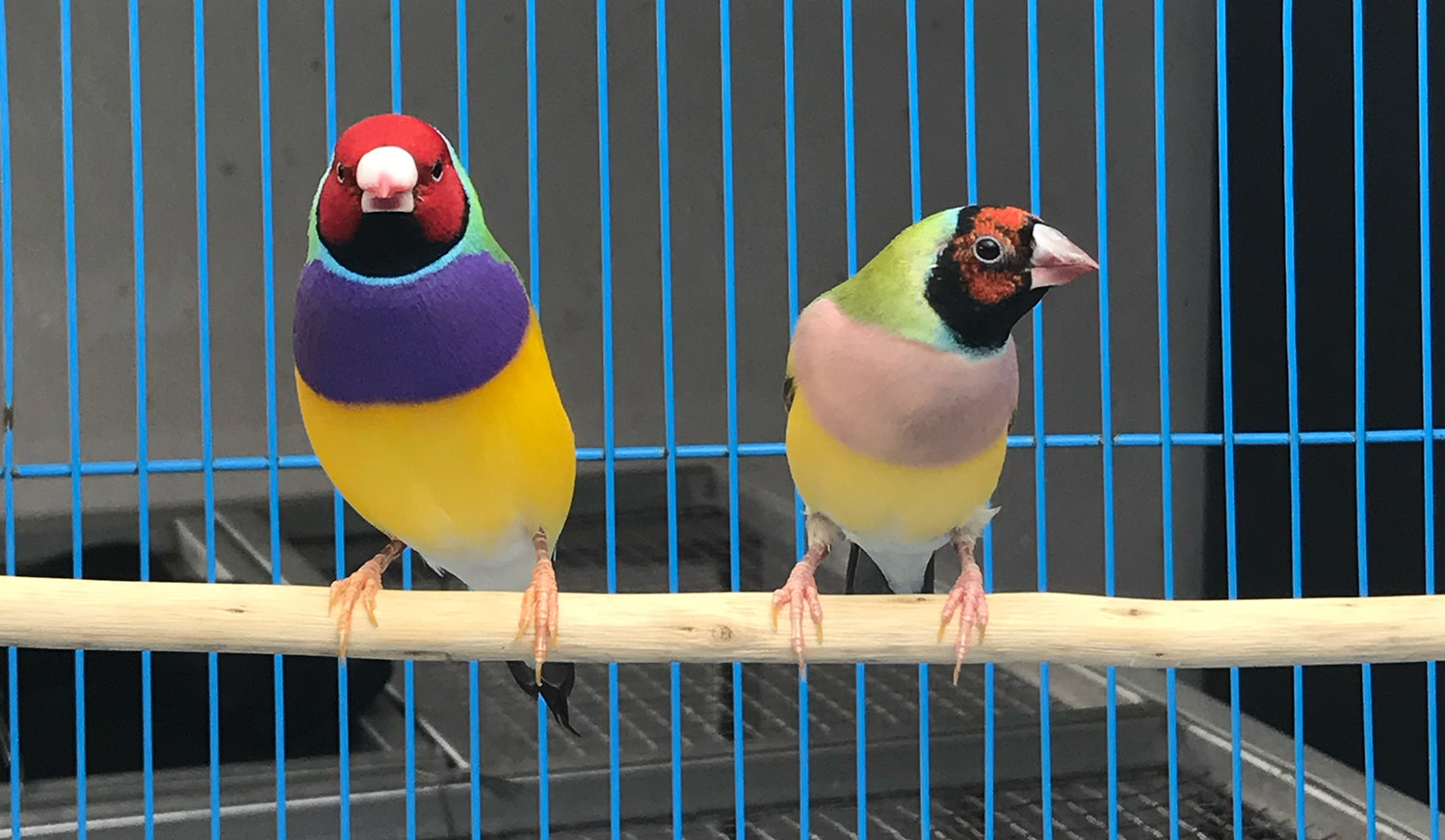
My favorite pair of Gouldian finches
Natural Selection vs. Hand Pairing
Natural Selection
If you have more than 4 Gouldian finches, including both males and females, you can allow them to form pairs naturally within a colony setting. Under favorable conditions, such as good health and a suitable environment, they will select their own mates. When a male begins courting, he will perform a "dance," which includes singing, jumping up and down, and sometimes bringing nesting materials or shaking his head side to side. If a female is interested, she will lean in close, flick her tail, or shake her head to signal her acceptance.
To facilitate this natural pairing process, place multiple nest boxes within the colony and allow the finches to choose their own nesting spots. However, this method has its challenges. The success rate of breeding pairs can be lower compared to breeding in individual cages, as the birds might get distracted by others around them, leading to higher rates of nest abandonment.
If your goal is to quickly have chicks, it's advisable to identify the pairs that have formed bonds and then move them to individual cages for the breeding process. This approach can help increase the success rate of breeding by minimizing distractions and fostering a more focused environment for the pairs.
Hand Pairing
If you hand-pair your birds, monitor their relationship closely. It might take a few weeks for the hen to warm up to the cock, or they might bond quickly. Separate them during the off-season to boost attraction. When the hen's beak turns deep black and the male’s beak darkens, they are ready to breed. Introduce the male to the breeding cage a week before the hen to let him establish his territory.
Watch for signs of incompatibility after caging them together. Initial squabbles are normal, but avoid letting things get too rough. If the hen doesn’t accept the cock, try introducing a second male to spark interest. Remove the second male once bonding occurs.
If a hen rejects all mates, remove her from the breeding program and try again next season. Persistent rejection means she might not be suitable for breeding.
Recognizing Breeding Condition in Gouldian Finches
Hens:
A hen in breeding condition will have a slate grey to black beak. However, yellow-backed hens and cocks retain red or yellow beaks but deepen in color. Blue, silver, and pastel birds keep a silvery beak year-round, making it harder to determine their breeding condition. So, we need to observe other signs. When a hen ready for breeding, she will drop her wings, arch her rump ("egg butt"), and poke or chirp at uninterested males. Her abdomen elongates for egg-laying.
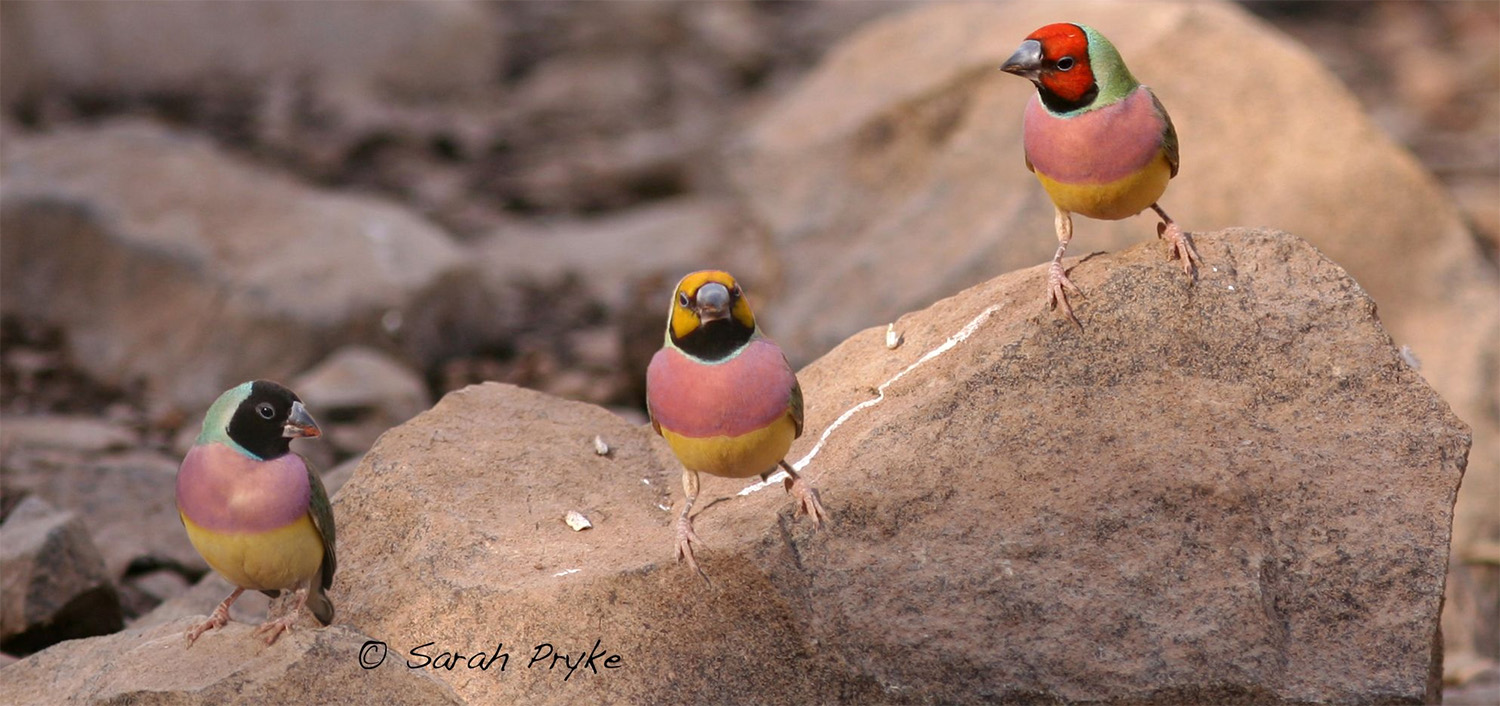
3 hens in breeding condition with black beak. (Photo: Sarah Pryke)
Cocks:
A cock in breeding condition may show aggression toward other males and court them by singing and jumping. His beak tip will darken and the color will spread further up the beak. A ready-to-breed cock will sing to hens, arching his neck and shaking his head. If a hen accepts, she will tip her tail and wag it. This signals compatibility, and they should be given a nest box.
Video: My tamed cock is ready for breeding
Conclusion
Breeding Gouldian finches can be a delightful and rewarding experience. By carefully selecting your breeding pairs, providing the right environment, and ensuring a nutritious diet, you can look forward to a successful breeding season. Remember, every bird is unique, and patience and observation are your best tools.
Thank you for joining me on this journey into the world of Gouldian finch breeding. If you have any questions or experiences to share, feel free to leave a comment below. Happy breeding!
Relative Posts
Recent Posts
- Unlocking the Secrets of Calcium for Healthy Captive Birds
- Hand Feeding Finches
- Why Parents Toss Chicks and How to Help
- Fostering Finches: Ensuring the Survival of Your Feathered Friends
- Sunshine and Finches: A Guide for Indoor Bird Keepers
- Air Sac Mites in Finches: Understanding, Preventing, and Treating
- Introducing New Foods to Your Finch
- Homemade Finch Food Recipes
- Choosing Breeding Gouldian Finch Pairs
- How to Choose a Nest Box for Your Finches

